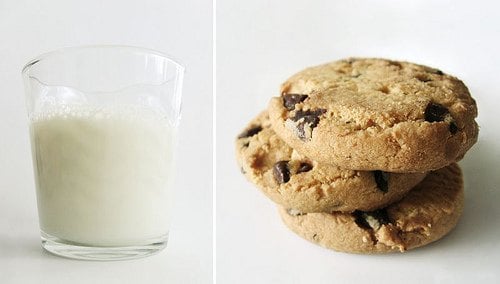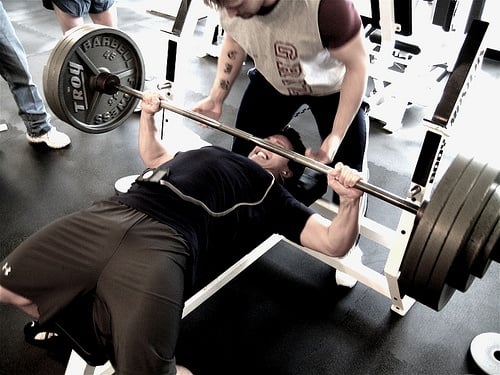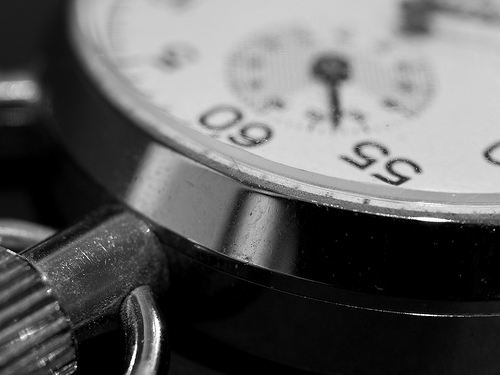It’s no secret that a huge part of achieving a great physique is psychological. Yet, in spite of this, gyms everywhere remain choked full of motivated people with mediocre results. The reason for this isn’t stupidity or laziness. The basic physiological foundations upon which amazing physiques are built have become swamped by masses of irrelevant ‘flavor of the month’ routines and nutri-babble, but few understand the basic science behind what makes one workout better than another.
Here is the golden formula of body recomposition for better workouts that everyone should know:
The ‘Stress > Adaptation’ Cycle (progressive overload)
When we place our bodies under a short term stressor (lifting weights, cardio, sunbathing, etc) our bodies assume that stressor is now going to become a regular event and adapts (grow more resistant) so that next time, we’ll cope a little better. The problem is, if we apply the same stressor (same intensity) that we’ve already adapted to, it won’t stress us; therefore, we won’t adapt and we stagnate.
Just by being conscious of this golden rule when training will improve your workouts exponentially. Here are 10 practical tips to best exploit this formula. By following these tips, your progress will sky rocket and your workouts will become much more rewarding, efficient, and energized.
1. Track Your Progress
How much can you bench press and for how many reps? You should know the answer to this question for every single exercise you do every time you enter the gym.
How can you possibly improve on last week’s workout if you don’t know exactly what you did? This is absolutely vital and the biggest time wasting mistake I see people make. Get a notebook, an excel spread sheet or write it down in your phone. Always improve on your last workout even if it’s by a single rep.
Remember: stress > adaptation cycle is the most important thing.
2. Do Warm-Up Sets
There are two types of sets in a good workout: warm up sets and work sets.
Most people enter the gym stiff and cold and get straight under the bar to do their ‘work set’. Not only is this potentially dangerous but it makes using good form much more difficult. The typical warm up sets are 20%, 40% and 80% of your work set. So if you plan on doing sets with 100kg your warm up sets would be 20kg, 40kg and 80kg. These don’t count, and should not be a workout unto themselves.
Warm up sets also allow you to practice good form with a less challenging weight. Lifting weights is a skill, even the best power lifters in the world are always tweaking and improving. Do a few warm up sets for the big movements. They become less important as the workout goes on as you’ll be more warmed up.
3. Use the 80/20 Principle
Many people spend too much time focusing on miscellaneous isolation exercises and wonder why they’re not making progress. The best exercise for core isn’t crunches, but squats. Full body workouts should be your goal and three full body workouts per week is plenty.
You can literally use these four exercises for years (as long as you use the golden rule) and get an amazing physique: deadlifts, bench press, squats, and chin ups. These are all compound movements (work multiple muscles) and so you’ll get the most bang for your buck and ensure your whole body is developed without any inconsistencies.
4. Don’t Mix Weights and Cardio
Their are only three types of people who can gain muscle and lose fat at the same time: complete (and often overweight) beginners, people who take anabolic steroids and people who progress at an snails pace.
Don’t listen to anyone who uses phrases like ‘turning fat into muscle’ because the body doesn’t work that way. Decide what your focus is, fat loss, muscle gain or maintaining weight while getting stronger. Then put all of your focus into this while minimizing the negative side effects. If you’re trying to gain muscle then you can throw in a cardio session once a week to minimize any unwanted fat gain and if you’re trying to lose fat, it’s important to keep doing weight training to minimize muscle loss. But really, 80% of healthy fat loss comes down to diet manipulation. Dedicate a chunk of time to one thing then feel free to change goals every other six months.
5. Have Intra-Workout Carbs
Usually as a tough workout progresses, energy levels go down, willpower levels deplete and strength declines. While the physical aspects of this are natural, you become less ‘fresh’ as the workout progresses and the psychological factors are often the most damaging.
Take a few sweets, a carb drink, or a small chocolate bar half way through your workout. You’ll feel more physically energized and the glucose will revamp your willpower and muscles. Having an intra-workout carb also increases the likelihood that you’ll complete all of your reps on the last exercise of the workout.
6. Get a Training Partner
Many people accomplish wonders while training alone, but with the right training partner, you’ll have the edge.
Training partners are great for motivation and for providing assistance on the more dangerous free weight exercises. You’re much more likely to go harder if you’re being watched and will find it much harder to come up with excuses not to do dead lifts and chin ups. Train with like-minded, passionate people to get maximum results.
7. Take Longer Rest Intervals
Most people prefer the feeling of having done a workout over the feeling of working out itself. Because of this, they rush through it, desperate to get to the other side.
It’s easy to confuse what intuitively feels like a good workout with what is actually a good workout. Although taking shorter rest intervals feels more taxing on our bodies, studies have shown that a 3-5 minute rest period between sets and exercises is optimal for muscle and strength gains. Time yourself a few times to get an idea of how long three minutes is then use common sense. The only thing that matters is improving on your last workout, if you’re too fatigued, this will be impossible.
8. Design a Music Playlist
Shakespeare said ‘music has charms to soothe the savage beast,’ I say it depends on the music. In the gym, at times you’ll want to be a savage beast.
Stay away from soothing music and spend the time designing a playlist that amps you up and gets you motivated. The ease of manipulating digital media has never been more straight forward. Take advantage of this tool. Every time you do your set, you must switch your focus on. It’s easier to do that if you switch your music on first.
9. Take a Caffeine Pill (or Drink Coffee)
Studies have show that a 200mg caffeine pill (equivalent to three cups of coffee) improves workouts and reduce muscle soreness the next day.
It’s also safe and much cheaper than branded pre-workout drinks which contain caffeine as their most active ingredient anyway. Caffeine also suppresses appetite, so not only do you get all the benefits of a pre-workout supplement, but you also get a fat loss supplement, if that happens to be your goal. (See tip 4)
10. Take Creatine Monohydrate
There are lots of myths surrounding creatine monohydrate encompassing topics such as loading phases, off phases, types of brand, and liver and kidney failure.
Firstly, creatine is absolutely safe and is one of the most effective extensively studied workout supplements in existence. The way it works is by saturating the muscles with a substance called ATP (adenosine triphosphate) which is naturally occurs at low doses in animal foodstuff. Creatine doesn’t magically grow muscles and strength. It increases the amount of reps you’re able to perform in a given workout, thus exploiting the stress > adaptation cycle and helping your body develop faster. Without going to the gym, creatine does nothing.
You don’t need to load it or have off days as some people think. Just take 3 grams if you’re skinny, 4 grams if your average and 5 grams if your muscular, every single day. It takes about three weeks to saturate your muscle 100%. From then on, you keep taking it to top up. Get the cheapest brand but just make sure it says ‘monohydrate.’


















































